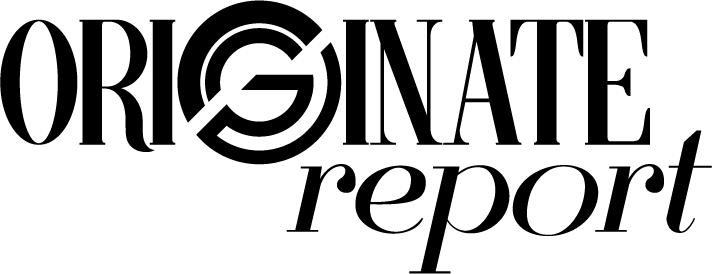The private lending market has been around for as long as there have been unforeseeable circumstances in our lives. It is natural for every borrower to expect the lowest possible rate and fees when it comes to borrowing money. Traditional banks generally are the cheapest sources of funds for borrowers, thanks to the rock-bottom yields they provide their investors. The concept is simple: raise capital from depositors like you and me, pay minimal return on the deposits with minimal risk, lend the funds at higher rates to borrowers, pool the mortgages into portfolios and then sell them to investors via third parties to replenish the capital. Financial institutions that are not as well capitalized run the risk of restrictions on the securitization process or viability.
A government looking to slow down the supply of mortgage fund availability (an indirect measure to slow down the amount of borrowing) may look to restrict or limit the securitization activity by imposing additional guidelines or a maximum ceiling. The measure would slow down the supply of credit and reduce competition, which would put upward pressure on the cost of borrowing for borrowers.
The Canadian governments have, over the last nine years or so, grappled with a unique situation where the interest rates need to be kept low while maintaining the consumer debt-to-income ratios and boisterous real estate markets in certain parts of the country. The Canadian government, using its watchdog — the Office of the Superintendent of Financial Institutions (OSFI) — has restricted the availability of mortgage credit through a progressively tighter set of guidelines. This action has shifted a significant share of the business from banks and alternative institutions to mortgage investment corporations (MICs) and private lenders.
Private lenders and MICs have previously funded a relatively insignificant portion of the overall mortgage credit in the Canadian market, but during the last nine years, private lenders and MICs have experienced a dramatic increase in their portfolios. Coincidentally, the increase has aligned with credit tightening regulations imposed by OSFI. Indeed, the number of private lenders and MICs has also noticeably increased in Canada. While there is plenty of business for private lenders and MICs in the market, it continues to be inefficient.
Private lenders that are focused on dealing with the ultimate borrowers find this market challenging, because the cost of marketing to ultimate borrowers is expensive, and the borrowers may not fit a private lender’s requirements. For this reason, many private lenders and MICs in Canada choose to deal with mortgage brokers. A mortgage broker will vet the borrowers and match them with a suitable private lender. Of course, the assumption is that brokers will be knowledgeable about private mortgages, as they are not as simple as a cookie cutter prime mortgage. Moreover, the number of private lenders in any marketplace is an elusive number. Most mortgage brokers will use one to three private lenders, which precludes the borrowers from truly benefiting from lender competition.
As we approach 2018, technology undoubtedly will shape the landscape and an age-old business like private lending will undergo tremendous change. Consumers, with the availability of information on the Internet, are much better informed regarding trends and opportunities. The notion of peer-to-peer (P2P) lending is around the corner, and sites are popping up that facilitate this. This cuts out the middlemen and makes the process cheaper for the borrower and more lucrative for the lender. The predictable and ongoing obstacle will be regulations in the name of protecting the public. However, the regulatory framework around Uber and Bitcoin are classic examples of how market efficiency in the end will prevail. Predictably, it is not an accident that every major bank in North America is chasing fintech investments and acquisitions, as they, too, see the writing on the wall.
Some of the more practical challenges of P2P lending, specifically in the private lending world, tend to focus on the ability of an average person to understand the risks versus rewards of private lending. However, with bottom-of-the-barrel returns on savings, retirement funds and the volatility of mutual funds, investors are hungry for stable yield. At least in Canada, more quality business is shifting from traditional lenders to private lenders, so investors can have higher yield while taking on risk. Additional credit/lending education and perhaps the use of cheaper but knowledgeable underwriting hubs could be a solution. Underwriting hubs are effective web marketplaces that amalgamate business from across the country so that investors/lenders can peruse available opportunities. This could reduce costs for borrowers while enhancing the yield for investors.
The next year will be an exciting one from an innovation perspective. With record-breaking bank profits and margins while investors starve for yield, the macro environment is very conducive for P2P lending models. The private lending world naturally lends itself to such a model, as does unsecured lending, which tends to be a much smaller ticket item in terms of dollar amount. Web marketplaces that facilitate peer-to-peer lending models will be pursued — particularly those that build risk mitigation through property valuations and other ancillary services that further enable an investor
to lend.



